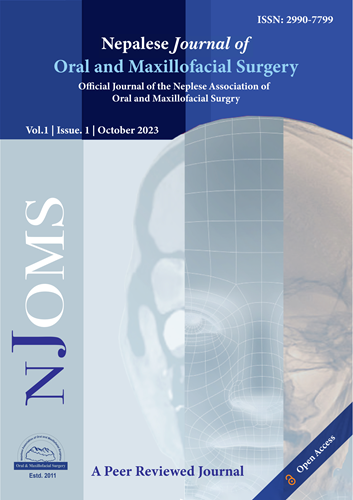GATA6 Regulates the Expression of Annexin A10 Associated with the Epithelialmesenchymal Transition of Oral Squamous Cell Carcinoma
Abstract
Oral squamous cell carcinoma (OSCC) can degrade oral function and quality of life. The development of cervical lymph node metastases is associated with poor survival of OSCC patients. Epithelial-mesenchymal transition (EMT) is a process where cells acquire molecular changes that facilitate cell motility and invasion, and has been known as associated with tumor metastases. EMT changes also play a major role in the induction of lymph node metastasis in OSCC.
GATA6 suppresses dedifferentiation and EMT in human pancreatic ductal adenocarcinoma cells but promotes EMT in cholangiocarcinoma. However, in OSCC, the expression and function of GATA6 in EMT and lymph node metastases are not clear. Therefore, this study aimed to clarify the targets of GATA6 in OSCC cells and whether the change in GATA6 expression affects EMT in OSCC cells, as well as the association between GATA6 and lymph node metastasis. The results showed that GATA6 knockdown OSCC cells promoted EMT and increased lymph node metastasis compared with control cells, whereas the overexpression of GATA6 inhibited the induction of EMT and reduced lymph node metastasis. In addition, annexin A10 (ANXA10) was identified as the target gene for GATA6, and ANXA10 suppressed the expression of Vimentin in the EMT in the OSCC. Therefore, the GATA6/ANXA10 cascade may represent a potential therapeutic approach for the treatment of lymph node metastases in patients with OSCC.
Downloads
Published
Issue
Section
License
Copyright (c) 2023 Nepalese Journal of Oral and Maxillofacial Surgery

This work is licensed under a Creative Commons Attribution-NonCommercial 4.0 International License.


